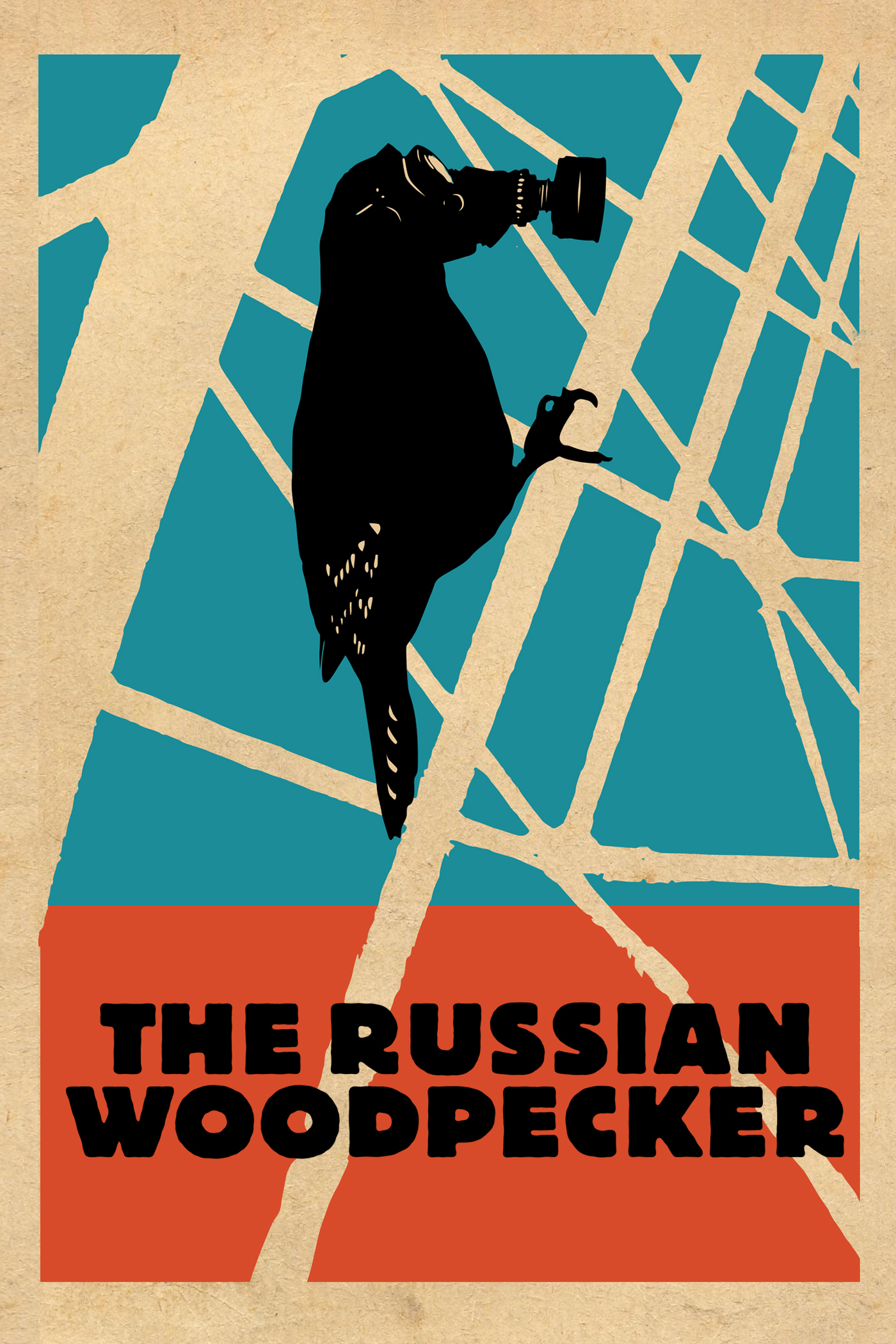Editing Trailers – Part 2
Last week in Part 1, I explained structural approaches to editing documentary trailers. This week, I’ll present a case study from the trailer for The Russian Woodpecker. Winner of the Grand Jury Prize at Sundance, this documentary came my way in late post for story consulting.
With at TRT of 1:43, this most recent theatrical trailer is short and impactful. The first movement begins with a series of hooky title cards (over archival footage and sound FX) explaining the story premise:
“In 1976, a mysterious sound was heard from deep within the Soviet Union.”
“Many feared it was a new type of weapon.”
“But one Ukrainian artist with uranium in his bones [nice writing!] believes it was part of something far worse.”
Fade up on a single title card in a different font: “Chernobyl, 1986.”
This brilliant writing reveals the setting (time and place) and hooks the viewer. Then at 30 seconds, a radio voice reveals an inciting incident, “There has been an accident at the Chernobyl plant.”
At 36 seconds, the protagonist (Ukrainian artist) asks the film’s central question, “Could there be a connection between the Woodpecker and the accident at Chernobyl?”
At 43 seconds, text asks, “What if Chernobyl was a crime?”
Nearly midway through the trailer at 46 seconds, we get what I call the “Protagonist’s Statement of Desire” delivered in VO: “I want to know the truth…and who was guilty.”
All this—setting, inciting incident, quest—unfolds in 43 seconds, in the trailer’s first movement!
In the second movement, which lasts about a minute, a new musical score introduces meaty plot development as we learn about challenges to the protagonist’s goal, culminating in threats on his life.
Notably at 1:10, we get a new kind of text card on screen: critics’ praise. “Spectacular!” raves The Guardian. “A Shocking Yet Plausible Conspiracy,” says Variety, as the music crescendos.
The visuals evolve too, from crowded spaces to spectacular drone shots that parade the film’s production values. But I’ll let you analyze these images on your own by watching it here.
The big takeaway from this case study is how minimal text on screen and a couple lines of dialogue/voiceover can set up a detective story within 43 seconds. Kudos to director Chad Gracia and his editors!
For more structural tips, see Editing Trailers – Part 1.
